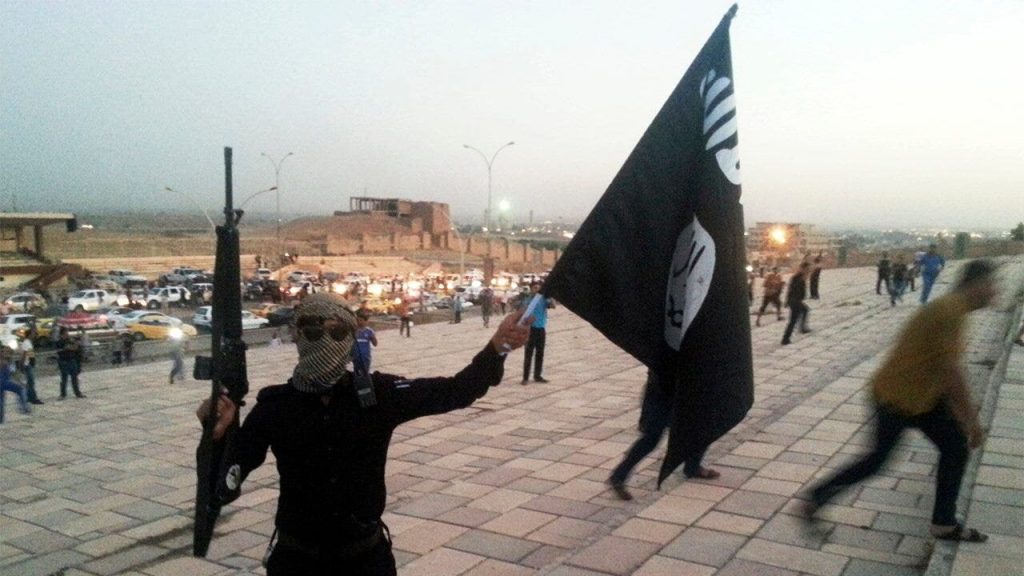The resurgence of the Islamic State (ISIS) poses a persistent threat globally, despite previous claims of its defeat. The recent attack in New Orleans, allegedly perpetrated by Shamsud-Din Jabbar, a US Army veteran, underscores this enduring danger. While the FBI hasn’t confirmed Jabbar’s direct affiliation with ISIS, reports indicate his sympathy towards the group, including purported pledges of allegiance on social media. This incident, while tragic, doesn’t necessarily signal a widespread ISIS resurgence, but rather highlights the group’s opportunistic exploitation of security vacuums and reduced resistance in certain regions.
The premature declarations of ISIS’s demise, echoing similar pronouncements about al Qaeda, fail to account for these groups’ tenacity and adaptability. While setbacks occur, their underlying ideologies and networks persist, allowing them to regroup and exploit instability. ISIS currently poses threats emanating from Afghanistan, maintains a robust network across Africa, particularly in the Sahel and East Africa, and continues to operate in Iraq and Syria. The complex geopolitical landscape, including the withdrawal of US forces from Afghanistan and the changing dynamics in Syria, has created power vacuums that ISIS can exploit to its advantage. These conditions mirror the circumstances that facilitated ISIS’s initial rise following the US withdrawal from Iraq, highlighting a recurring pattern of instability being exploited by extremist groups.
The evolving situation in Afghanistan, following the Taliban takeover, presents a multifaceted challenge. While the Taliban and ISIS are adversaries, the absence of US counter-terrorism pressure provides ISIS with greater operational freedom. Furthermore, although the Taliban actively opposes ISIS, this doesn’t qualify them as counter-terrorism partners. The greater threat to the US from Afghanistan stems from the Taliban and al-Qaeda, whose entrenched presence and influence pose a more immediate danger. Nevertheless, the reduced pressure on ISIS allows it more room to maneuver, potentially facilitating its resurgence within Afghanistan.
In Syria, the collapse of the Assad regime, while a blow to a brutal dictator, removes another adversary of ISIS. This shift in the power dynamic further enhances ISIS’s operational space within a region where it already maintains a significant presence. The complex interplay of various actors in Syria, including the rise of Hay’at Tahrir al-Sham, an al-Qaeda affiliate, creates a volatile and unpredictable environment. This instability benefits groups like ISIS, allowing them to exploit the chaos and potentially regain strength. The withdrawal of a major opposing force, in this case the Assad regime, further complicates the situation and creates a potential breeding ground for extremist resurgence.
Adding to the complexity is the planned US military withdrawal from Iraq by 2026. This decision raises serious concerns about the potential resurgence of ISIS in the region. The absence of a sustained US military presence could create a security vacuum, allowing ISIS to regroup and regain strength. Security experts warn that a premature withdrawal could jeopardize the gains made against ISIS and embolden the terrorist group. The evolving political landscape in Iraq, coupled with the planned US withdrawal, creates a delicate balance that requires careful consideration of the potential consequences. A hasty withdrawal could inadvertently empower ISIS and destabilize the region further.
The ongoing debate about the US military presence in the Middle East underscores the complex nature of counter-terrorism efforts. A sustained presence is necessary to contain ISIS and other extremist groups, but it also comes with its own set of challenges. The potential for increased tensions with local populations and the risk of becoming entangled in regional conflicts are factors that require careful consideration. Striking the right balance between maintaining a sufficiently robust military presence to deter terrorist threats and mitigating the risks of prolonged military engagement presents a complex dilemma for policymakers.
The future of counter-terrorism efforts hinges on a strategic recalibration of US policy. Decisions about troop deployments and engagement with local partners must prioritize long-term stability and security. The dynamic nature of the threat posed by ISIS and other extremist groups requires a flexible and adaptable approach that can effectively address evolving challenges. A comprehensive strategy should include robust intelligence gathering, diplomatic efforts to build alliances and address underlying grievances that fuel extremism, and targeted military actions when necessary. Furthermore, a clear understanding of the political and social landscape within each region is essential to developing sustainable counter-terrorism strategies that can effectively mitigate the threat posed by ISIS and other extremist groups.

